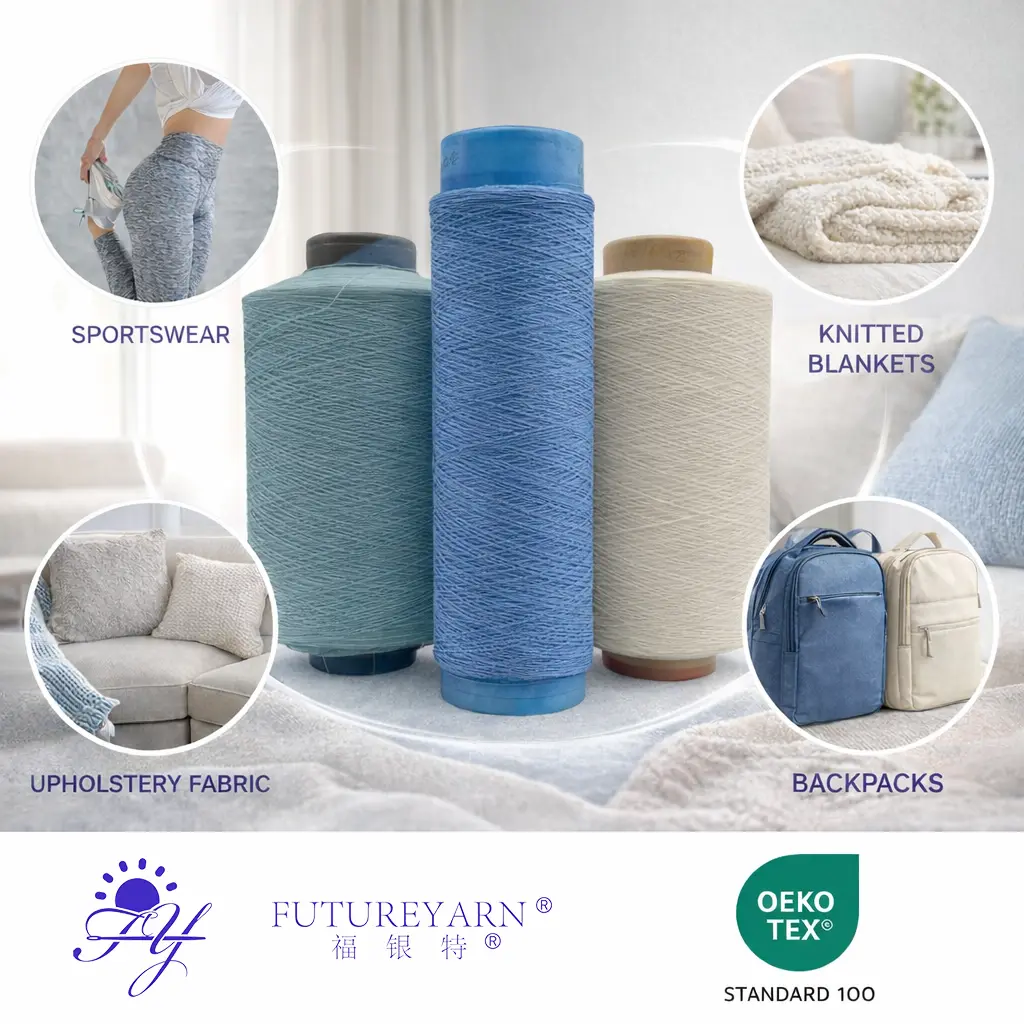In an era where energy efficiency and climate control are paramount, understanding the materials that effectively keep heat out is crucial for both residential and commercial applications. This article delves into the science behind heat transfer, the various materials available, and innovative solutions that can significantly enhance thermal performance.
Understanding Heat Transfer
Before we explore specific materials, it’s essential to grasp the fundamentals of heat transfer. Heat can be transferred through three primary mechanisms: conduction, convection, and radiation.
- Conduction occurs when heat moves through a material, such as when a warm surface heats the air in contact with it.
- Convection involves the movement of heat through fluids (liquids or gases), where warmer areas rise and cooler areas sink.
- Radiation is the transfer of heat through electromagnetic waves, which can occur even in a vacuum.
To effectively keep heat out, materials must address all three forms of heat transfer.
Key Materials That Keep Heat Out
- Reflective Insulation:
Reflective insulation, often made from aluminum foil, is designed to reflect radiant heat away from living spaces. This material is particularly effective in hot climates where cooling costs can be significant. By reflecting up to 97% of radiant heat, reflective insulation can dramatically reduce indoor temperatures. - Aerogel:
Known as one of the most effective insulating materials, aerogel is a lightweight substance that provides excellent thermal resistance. Its unique structure, composed of over 90% air, minimizes heat transfer through conduction and convection. Aerogel is increasingly used in high-performance applications, including aerospace and building insulation. - Phase Change Materials (PCMs):
PCMs absorb and release thermal energy during phase transitions (e.g., from solid to liquid). These materials can be incorporated into building materials or textiles to maintain comfortable temperatures by absorbing excess heat during the day and releasing it at night. This property makes them ideal for energy-efficient buildings. - Thermal Barrier Coatings:
These coatings are applied to surfaces to reduce heat transfer. They work by creating a barrier that reflects heat away from the substrate. Commonly used in industrial applications, thermal barrier coatings can also be applied to roofs and walls to enhance energy efficiency. - Insulating Concrete Forms (ICFs):
ICFs are a construction method that combines insulation with structural integrity. These forms are made from expanded polystyrene or similar materials, providing excellent thermal resistance. Buildings constructed with ICFs can maintain stable indoor temperatures, reducing the need for heating and cooling.
Innovative Solutions for Heat Management
As technology advances, new materials and methods are emerging to enhance heat management in buildings.
- Smart Windows:
Smart window technology utilizes electrochromic materials that change their tint in response to sunlight. This capability allows for better control of solar heat gain, reducing the need for air conditioning while maximizing natural light. - Green Roofs:
Incorporating vegetation into roofing systems can significantly reduce heat absorption. Green roofs provide insulation, absorb rainwater, and improve air quality, making them an eco-friendly solution for urban heat management. - Cool Roofs:
Cool roofing materials reflect more sunlight and absorb less heat than standard roofs. These materials can lower roof temperatures by up to 50°F, which translates to reduced energy costs and improved indoor comfort.
Conclusion
In conclusion, selecting the right materials to keep heat out is essential for enhancing energy efficiency and comfort in buildings. From reflective insulation and aerogel to innovative solutions like smart windows and green roofs, the options are diverse and effective. As we continue to prioritize sustainability and energy conservation, understanding and implementing these advanced materials will play a pivotal role in shaping our built environment. By investing in these technologies, we can not only reduce energy costs but also contribute to a more sustainable future.



+ There are no comments
Add yours